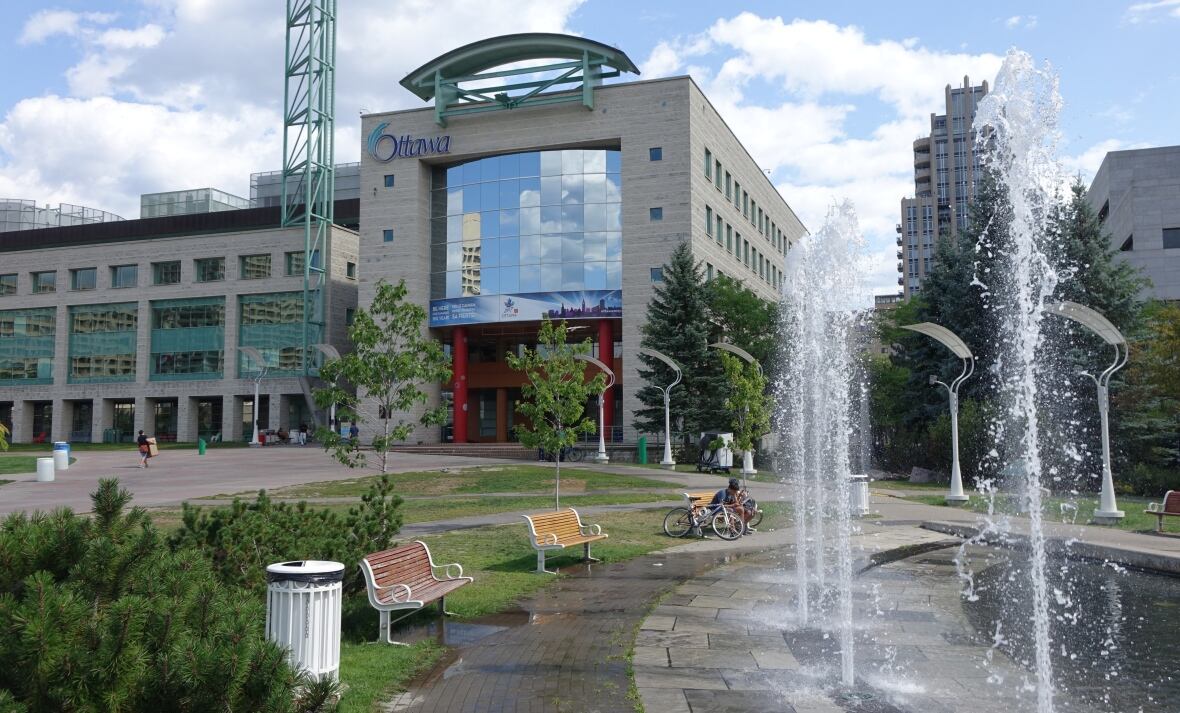Keeping Public Buildings Truly Public

Recent news of new security measures at Ottawa City Hall has sparked mixed reactions and important questions about how we design and use public space.
Raymond Moriyama designed the building that is now Ottawa City Hall, and it stands as one of the best public buildings in the city. Its main floor can be thought of as an indoor street, a place where people go to file building permits, renew government documents, and access city services. But it’s also a place to gather for events, hear music, see the art gallery, access the parking garage, or simply engage with the city.
Some spaces are already secured. Several years ago, metal detectors were added to council chambers, and the doors to both the councillors’ and mayor’s offices are locked. Visitors need to be buzzed in.
Now, there are plans to secure the entire building. But decisions like this go against the fundamental idea that this is a public building. As citizens, we should have access to it without facing intimidating scanners, checkpoints, or delays. We should be able to step inside whether to get out of the rain, use the washroom, or file a permit.
Toon Dreessen, president of Architects DCA, shared his thoughts in a CBC interview, saying: “City hall should be a place where the public is welcome to visit, to participate in our democracy, but also to carry out necessary functions.”
Security threats are real, and safety is important, but there are other ways to create safe spaces that don’t rely on barriers. One approach is CPTED, Crime Prevention Through Environmental Design. The City already encourages this in the design of public spaces. Key principles include natural surveillance, “eyes on the street,” where open, active spaces with many people contribute to a safer environment.
This conversation is not unique to Ottawa. In Toronto, columnist Shawn Micallef has raised similar concerns about how our cities are becoming more closed-off and less inviting. Read his piece here.
City Hall is a public space. Let’s keep it that way.
Photo credits to Gardens Ottawa.